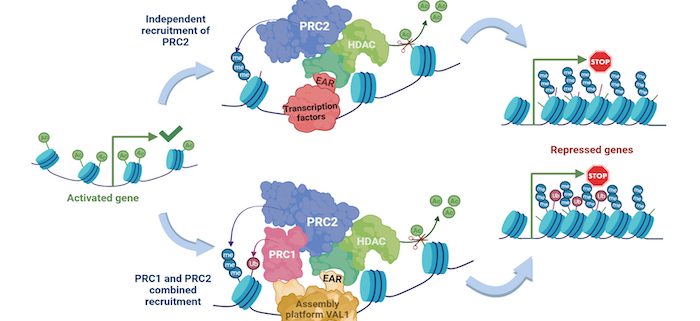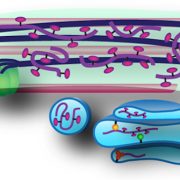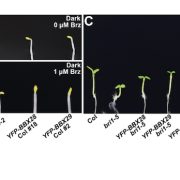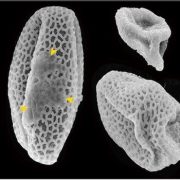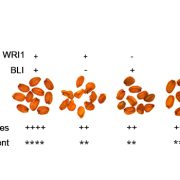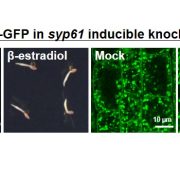EAR domain-containing transcription factors attract PRC2 repression machinery to chromatin
By Fernando Baile and Myriam Calonje
Institute of Plant Biochemistry and Photosynthesis (IBVF-CSIC-US), Avenida Américo Vespucio 49, 41092, Seville, Spain.
Background: In eukaryotes, the fundamental packaging subunit of chromatin is the nucleosome, which is formed by a segment of DNA wrapped around eight proteins called histones. Histones can be modified covalently, making the genes activated or repressed, thereby regulating gene expression. The acetylation of Histone 3 (H3ac) is a typical activation mark, while the trimethylation of H3 (H3K27me3) and the ubiquitination of Histone2A (H2Aub) are repressive marks. These repressive marks are introduced independently by two protein complexes that belong to a family called the Polycomb Group (PcG): Polycomb Repressive complex 1 and 2 (PRC1 and PRC2). Both marks are necessary for the stable repression of target genes, making the recruitment of these complexes crucial for regulating gene transcription in plants. The burden of gene expression regulation falls on transcription factors, which recruit these complexes.
Question: Which common feature do diverse transcription factors have that makes them able to trigger the recruitment of PRC1, PRC2, or both to target genes?
Findings: Using a system to bind selected transcription factors to a synthetic promoter lacking the complexity of natural PcG target promoters in vivo, we identified the transcription factor VAL1 as an assembly platform of three histone-modifying activities involved in gene repression (PRC1 and PRC2 activity and deacetylation). We used this system to test different transcription factors involved in PcG-mediated repression, discovering that all of them were capable of attracting PRC2 and deacetylation activities, but not PRC1. Surprisingly, the common feature of all tested transcription factors that direct PRC2 and deacetylation activities to target genes is a repression-related domain known as EAR. In addition, we describe an additive effect of different transcription factors on PRC2 marking, as well as the role of the PcG-associated protein EMF1.
Next steps: We plan to focus in depth on the recruitment of PRC1, the establishment of the H2Aub, and its interaction with other histone marks that could lead to different transcription states.
Fernando Baile, Wiam Merini, Inés Hidalgo, Myriam Calonje (2021). EAR domain-containing transcription factors trigger PRC2-mediated chromatin marking in Arabidopsis. Plant Cell https://doi.org/10.1093/plcell/koab139


